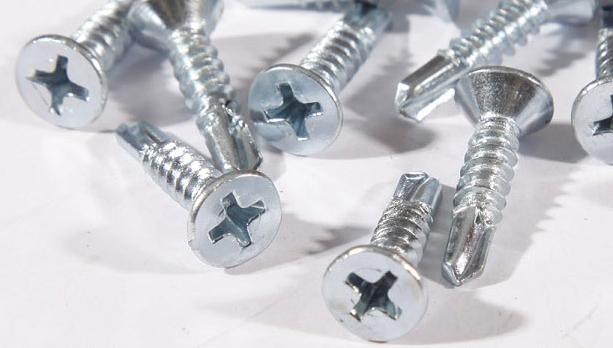wedge anchors for sill plate
Understanding Wedge Anchors for Sill Plates
Wedge anchors are a popular choice in construction and engineering for securing sill plates to concrete foundations. These anchors are essential components in ensuring the structural integrity of a building, particularly in areas prone to seismic activity or high winds. This article will explore the functionality, installation process, and benefits of using wedge anchors for sill plates.
What Are Wedge Anchors?
Wedge anchors are long, threaded rods that are embedded into concrete surfaces. They consist of a steel shank, a nut, and a washer, combined with a cone-shaped wedge that expands when the anchor is tightened. This unique design allows the anchor to grip the concrete tightly, providing a secure hold. Wedge anchors are available in various sizes and lengths, accommodating different construction requirements.
Importance of Sill Plates
Sill plates, typically made from treated lumber, serve as the base for walls in wooden framed structures. They help distribute the weight of the walls evenly across the foundation and offer a point of attachment for the vertical framing members. Properly fastening sill plates to the concrete foundation is crucial for preventing issues such as movement, which can compromise the stability of the entire structure.
Installation Process
Installing wedge anchors for sill plates involves several key steps. First, the layout of the sill plate should be marked on the concrete slab. The anchors must be spaced correctly, typically within 12 to 16 inches of each other, to ensure adequate support.
wedge anchors for sill plate

Next, holes are drilled into the concrete using a hammer drill, ensuring they are deep enough to accommodate the length of the anchors. It is essential to clean out the holes after drilling, removing any dust or debris, as this ensures a better grip for the anchors.
Once the holes are prepared, the wedge anchors are inserted into the holes. After securing the anchors in place, a washer and nut are placed over the anchor, and then tightened using a wrench. The expansion of the conical wedge against the concrete occurs as the nut is tightened, providing a solid hold.
Benefits of Using Wedge Anchors
The advantages of using wedge anchors in securing sill plates are manifold. They provide strong, reliable attachment points that can withstand tremendous pull-out and shear forces. This is particularly important in regions that experience earthquakes or strong winds, where structural reliability is critical.
Moreover, wedge anchors can be installed quickly and efficiently, reducing labor costs and overall installation time. They also require minimal maintenance once installed, offering long-term performance without the need for frequent inspections.
Conclusion
Wedge anchors play a vital role in the construction of secure and stable structures. By effectively anchoring sill plates to concrete foundations, they help ensure that buildings maintain their integrity against various environmental stresses. Understanding the correct installation techniques and benefits of wedge anchors not only enhances construction quality but also contributes to the safety and durability of the built environment. Whether you are a construction professional or a DIY enthusiast, incorporating wedge anchors into your projects can lead to significant improvements in structural performance.
-
Weatherproof Plastic Expansion Anchors for OutdoorNewsJun.06,2025
-
Sustainability in the Supply Chain: Eco-Friendly TEK Screws ProductionNewsJun.06,2025
-
Load-Bearing Capacity of External Insulation FixingsNewsJun.06,2025
-
Double Head Bolts: Enhancing Efficiency in Industrial MachineryNewsJun.06,2025
-
Corrosion Resistance in Chipboard Screws: Coatings for Wholesale DurabilityNewsJun.06,2025
-
Butterfly Toggle Bolts : Enhancing Structural ResilienceNewsJun.06,2025
